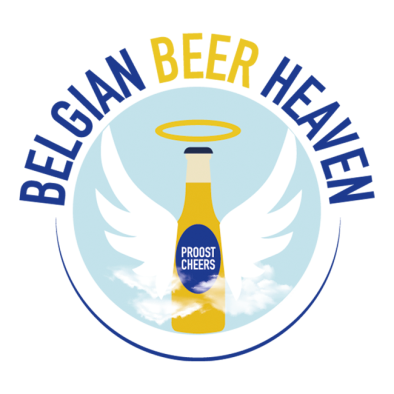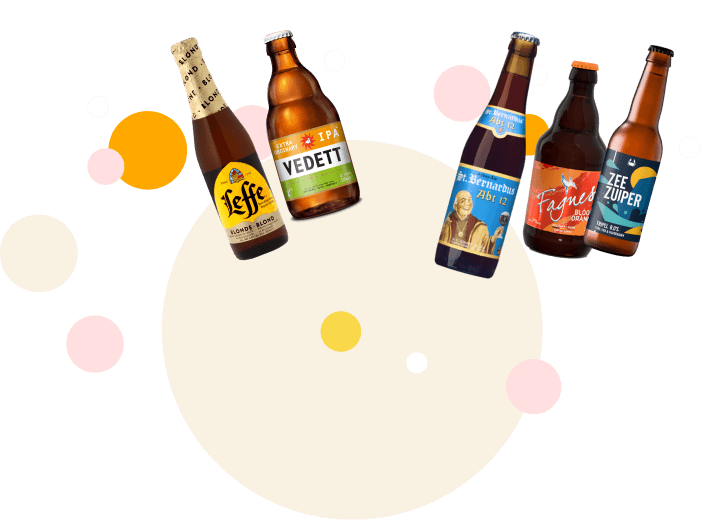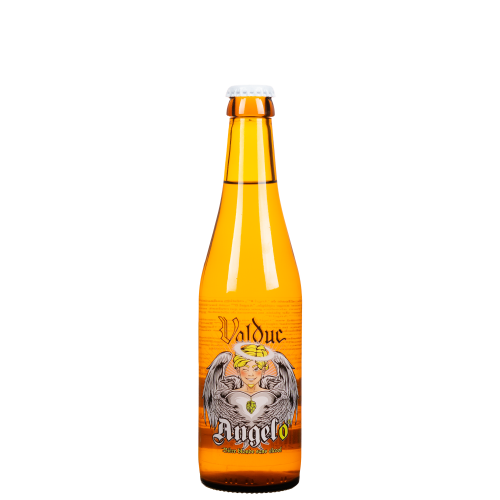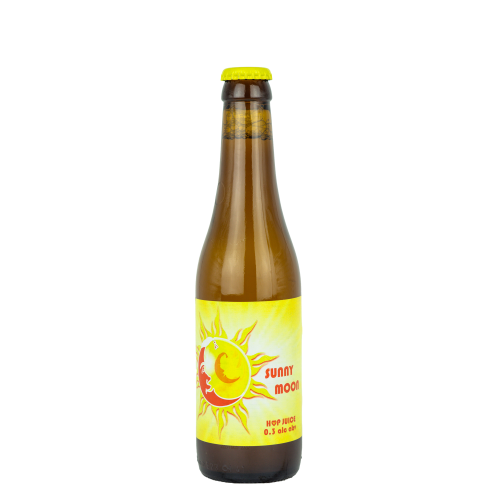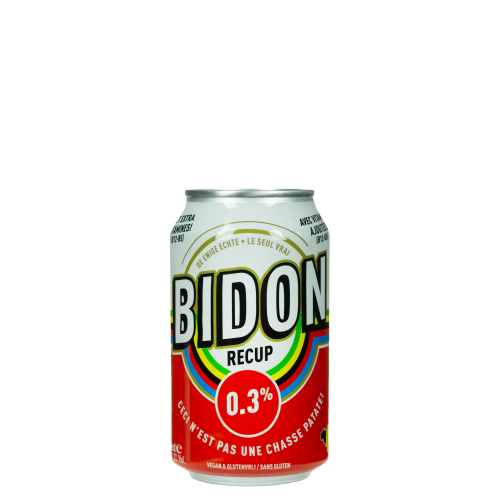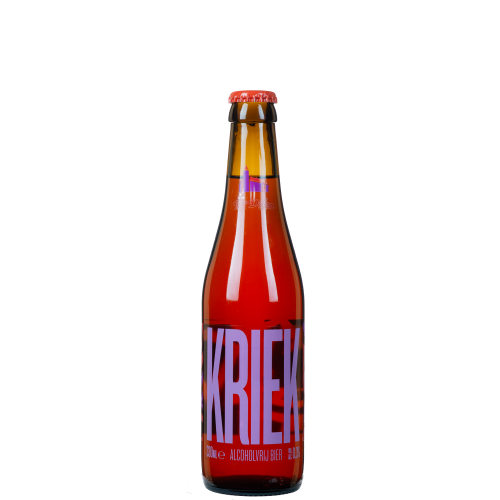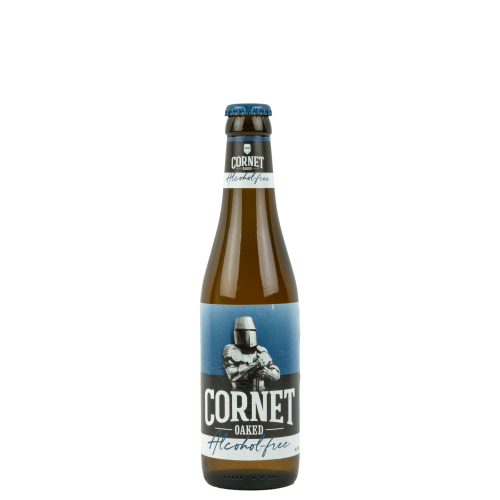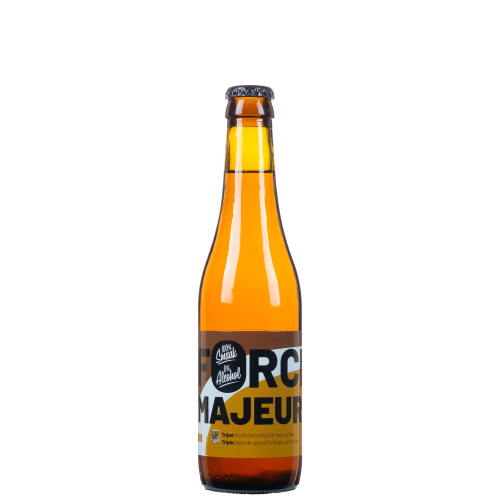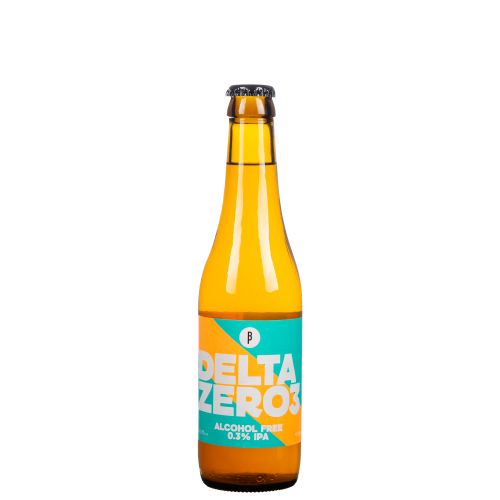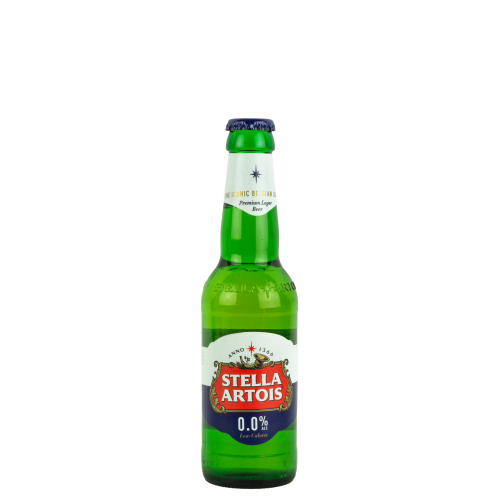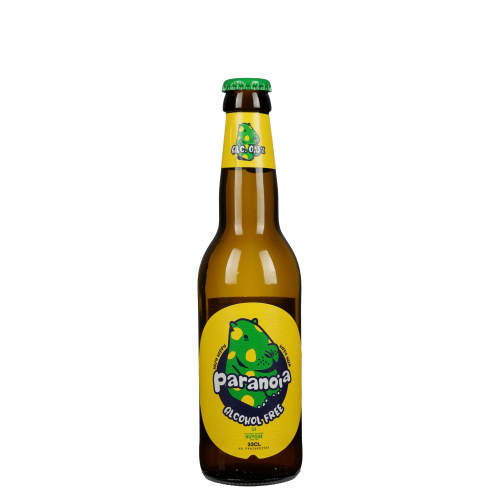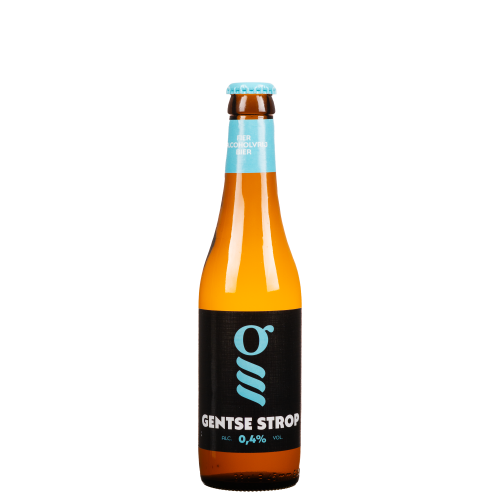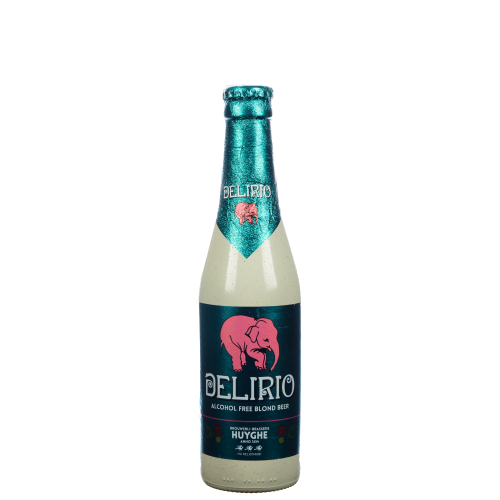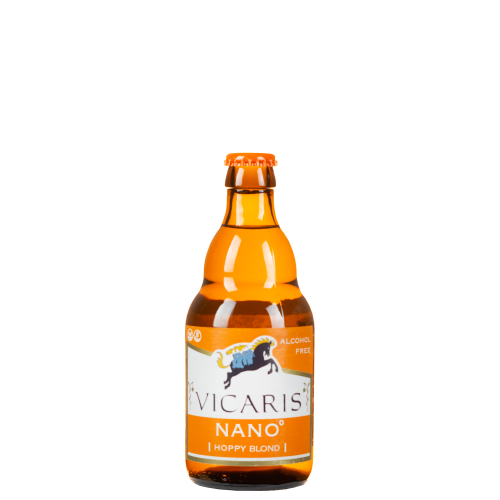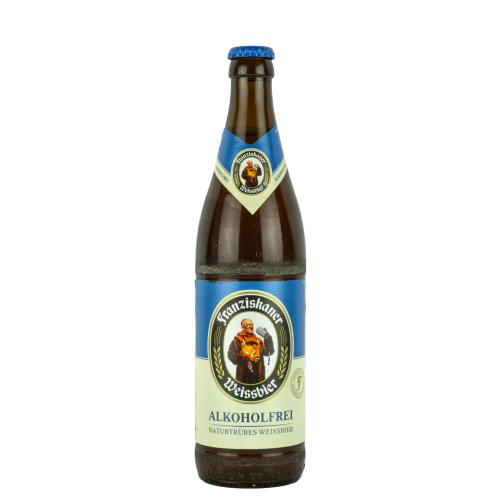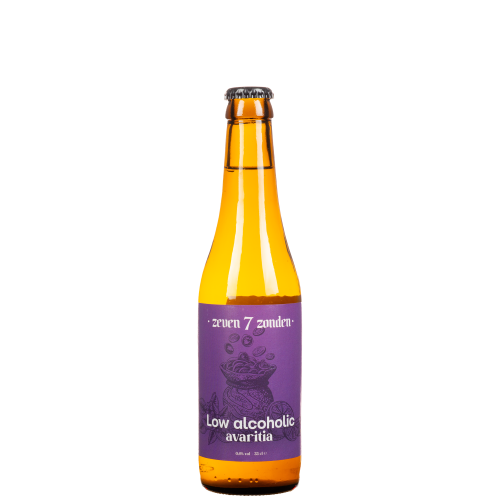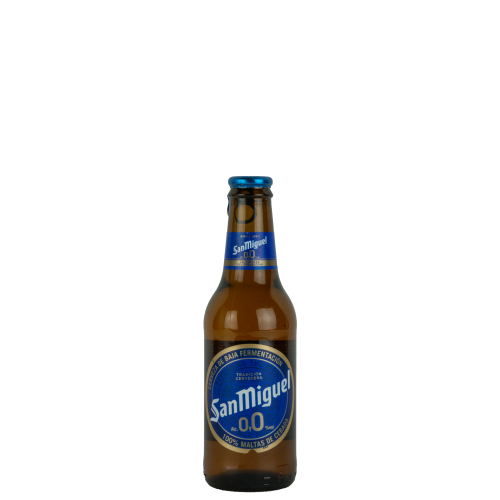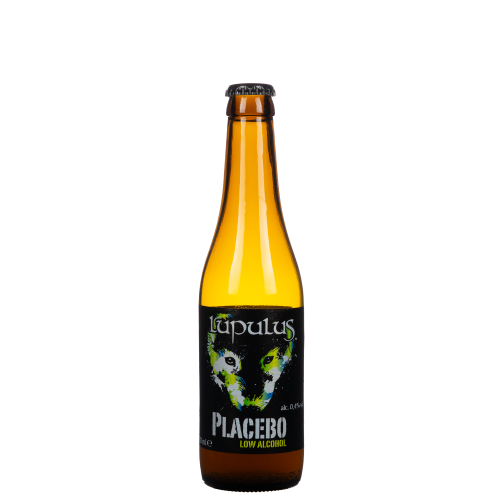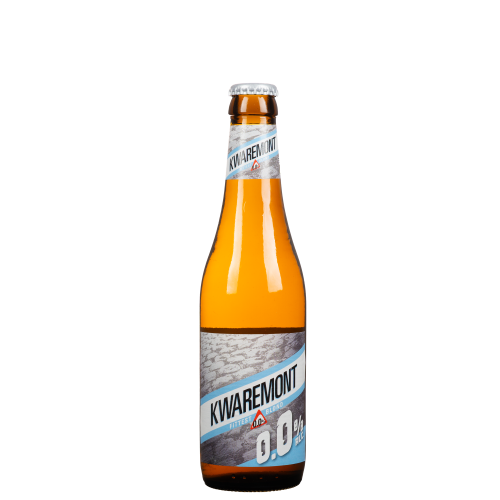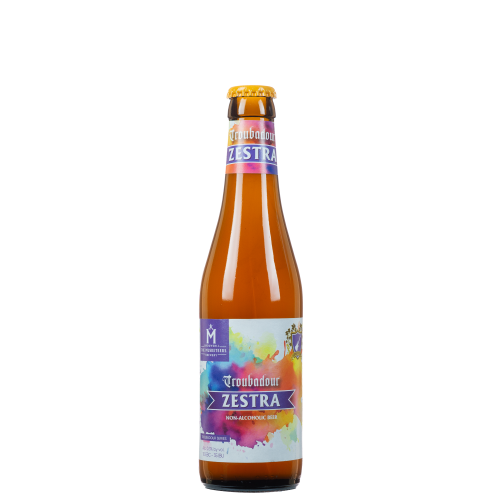Low Alcohol/Alcohol-free
The days of pitying bad-tasting non-alcoholic beers are long gone. In fact, alcohol-free beer is now one of the strongest growing types of beer. Delicious taste experiences, without the negative effects of alcohol, convince more and more beer lovers to give 0.0 beer a chance.
lcohol-free beer, also called malt beer in the Netherlands, is 100% flavour with 0% alcohol. Discover above the large range of Belgian beers without alcohol, in which you will undoubtedly find your taste. Make your choice and order easily online. Count on us for fully insured and fast delivery. Any questions? Contact Belgian Beer Heaven
This is how alcohol-free beer is made
In principle, the brewing process of alcohol-free beer is not much different from that for beer with alcohol. It is produced from malt, i.e. grain (usually barley) that has germinated and then been dried. During boiling, the starch in that malt is converted into fermentable sugars. Yeast cells then convert those sugars into alcohol and carbon dioxide during the fermentation process. The alcohol content depends on the amount of sugars: the more sugars, the more alcohol.
There are three methods for brewing malt beer: preventing alcohol from forming during the process (which is possible in two ways) and filtering the alcohol out of the beer afterwards.
- It is possible to use a membrane to filter fermentable sugars out of the beer during the brewing process. This makes it impossible to convert them into alcohol. However, this is a patented and expensive procedure that is rarely used.
- Another option is to lower the temperature during brewing. By interrupting the fermentation process, brewers prevent sugars from converting to alcohol.
- The third option is to go through the standard brewing process of malting, brewing, fermenting and maturing and then vacuum distilling the beer afterwards. The alcohol disappears by heating, but the aromas unfortunately do just the same. These have to be added again afterwards.
A brief history of malt beer
At the beginning of the 20th century, brewers in Denmark, Germany and England, among others, were already making alcohol-free beer. The Dutch had to wait until 1918 for a beer without alcohol of their own. The Amerfoor brewery Phoenix brewed the Malto and advertised it as a (virtually) alcohol-free beer and even as lemonade for athletes and youngsters. It did not prove a success: after barely two years, the first Dutch malt beer was withdrawn from the market.
In the following decades, several breweries experimented with non-alcoholic beers, but the interest was too small to produce it economically. That changes only at the end of the 20th century. Belgians discover alcohol-free beers through the French brand Tourtel. Rapidly improving brewing technologies made for tastier non-alcoholic beers, which became increasingly popular. Today, both large groups and craft breweries have beers without alcohol in their range.
The difference between alcohol-free beer and low-alcohol beer
Alcohol-free beers and low-alcohol beers differ from each other by the alcohol content. Low-alcohol beers contain less than 1.2% alcohol. Europe requires producers to indicate the beverage's effective alcohol content by volume above that limit, for example on the label.
The maximum permitted alcoholic strength by volume for alcohol-free beer varies from country to country. In France and Italy, for example, it is 1.2%; for them, alcohol-free beer and low-alcohol beer are the same. In Spain the limit is 1%, in Belgium 0.5%. Dutch beers may not even contain more than 0.1% alcohol to be labelled 'alcohol-free beer' or 'malt beer'.
A third term you will sometimes come across is low-alcohol beer. This usually contains less than 4 per cent alcohol. Pilsners are a good example of low-alcohol beers. Determine for yourself the maximum alcohol percentage between 0% and 4% of the beers in our shop above with the filter 'alcohol percentage'.
Why choose non-alcoholic beer?
Non-alcoholic beers contain fewer calories than beers with alcohol and soft drinks. Other nutrients such as sugars do have a negative impact on your health. Therefore, we recommend drinking non-alcoholic beer in moderation too, even though it is healthier than many other drinks.
Health reasons are one good reason to opt for alcohol-free beers, safety is another. Every year, more than 1,000 road deaths in Belgium are caused by alcohol. If you cause an accident and are found to have too much alcohol in your blood, your penalties are aggravated. Therefore, avoid drink-driving and opt for alcohol-free beers.
A lack of taste has long since ceased to be an argument for ignoring beers without alcohol. Innovative brewing technologies and constantly evolving brewing techniques ensure 0.0% alcohol and 100% flavour. The best non-alcoholic beers, such as the ones in our shop, are therefore not inferior to their alcoholic counterparts.
Buying non-alcoholic beer at Belgian Beer Heaven
You will also find delicious non-alcoholic alternatives among Belgian beers. For example, try the Chouffe Alcohol-free or a Jupiler alcohol-free pint. Add your favourite malt beer to your shopping basket, order easily online and enjoy insured shipping. If you still have a question about your order or your choice, contact Belgian Beer Heaven. We will be happy to help you.
